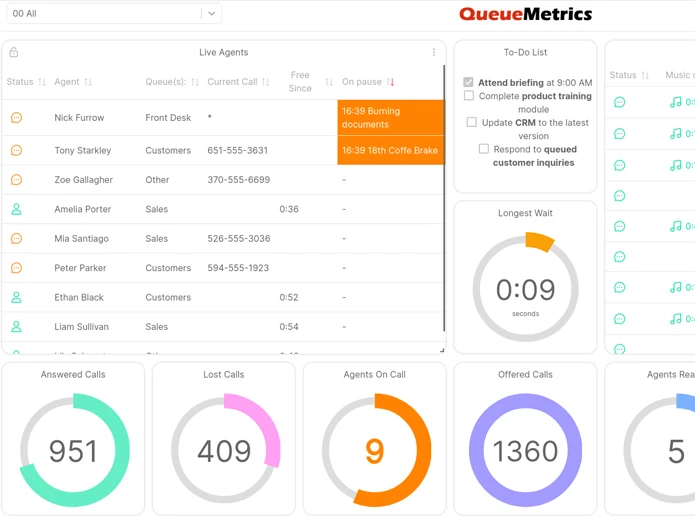Introduction
In this article, we’ll explore the debate between outsourcing and in-house call centers, examining the benefits and drawbacks of each approach. By understanding these factors, businesses can make informed decisions aligned with their goals for operations, customer satisfaction, and cost-efficiency. Let’s delve into this analysis to navigate the complexities of call center management effectively.
Definition of Outsourcing and In-house Call Centers
Outsourcing involves hiring external service providers to handle business functions like customer service, sales, or support. In contrast, in-house call centers are operated internally, giving companies direct control over service quality and alignment with brand values.
Cost Efficiency
Outsourcing often offers cost advantages due to economies of scale and lower labor costs. It avoids upfront investments in infrastructure. However, hidden costs like management overheads and contract termination fees must be considered. In-house operations provide more cost control and transparency, allowing better budget allocation.
Quality Control
Outsourcing can pose challenges in maintaining quality due to geographical barriers, but providers use tools and audits for consistency. In-house centers offer direct oversight, enabling immediate feedback and adjustments for better service levels and customer satisfaction.
Communication and Training
Clear communication and thorough training are essential for both outsourcing and in-house setups. Outsourcing requires strong communication to align with brand messaging, while in-house allows for seamless coordination between departments and tailored training sessions.
Flexibility and Scalability
Outsourcing provides flexibility to scale operations based on demand, leveraging resources efficiently. In-house centers can struggle with scalability due to fixed infrastructure but offer customization options and control over operations.
Data Security
In-house centers offer more control over data security measures, while outsourcing may pose higher risks but can provide advanced security technologies through trusted partners.
Customer Experience
Outsourcing can lead to inconsistent service due to different standards, but some providers excel in customer-centric practices. In-house centers offer personalized support, leveraging employees’ familiarity with products and services for efficient resolutions.
Control and Oversight
In-house centers provide high levels of control, allowing immediate adjustments for better customer satisfaction. Outsourcing requires clear communication and performance metrics to maintain oversight and standards.
Employee Morale
In-house setups foster stronger connections to the company, boosting morale, and loyalty. Outsourcing may impact employee engagement differently but can provide specialized skills and training opportunities.
Risk Management
Outsourcing shares risks with partners, reducing financial burdens but requiring trust and vigilance over operations. In-house operations offer direct oversight, tailoring risk mitigation strategies to specific needs.
Integration with Business Goals
Aligning call center strategies with business goals enhances customer satisfaction and drives growth. This integration ensures consistent experiences, supports retention, and optimizes operational efficiency.
Conclusion
To conclude, the choice between outsourcing and in-house call centers depends on factors like cost, quality control, data security, and alignment with business goals. Each approach has distinct pros and cons, requiring careful consideration to achieve operational excellence and deliver exceptional customer experiences. By understanding these dynamics, businesses can make informed decisions that drive sustainable growth and success in call center management.
For more info:












